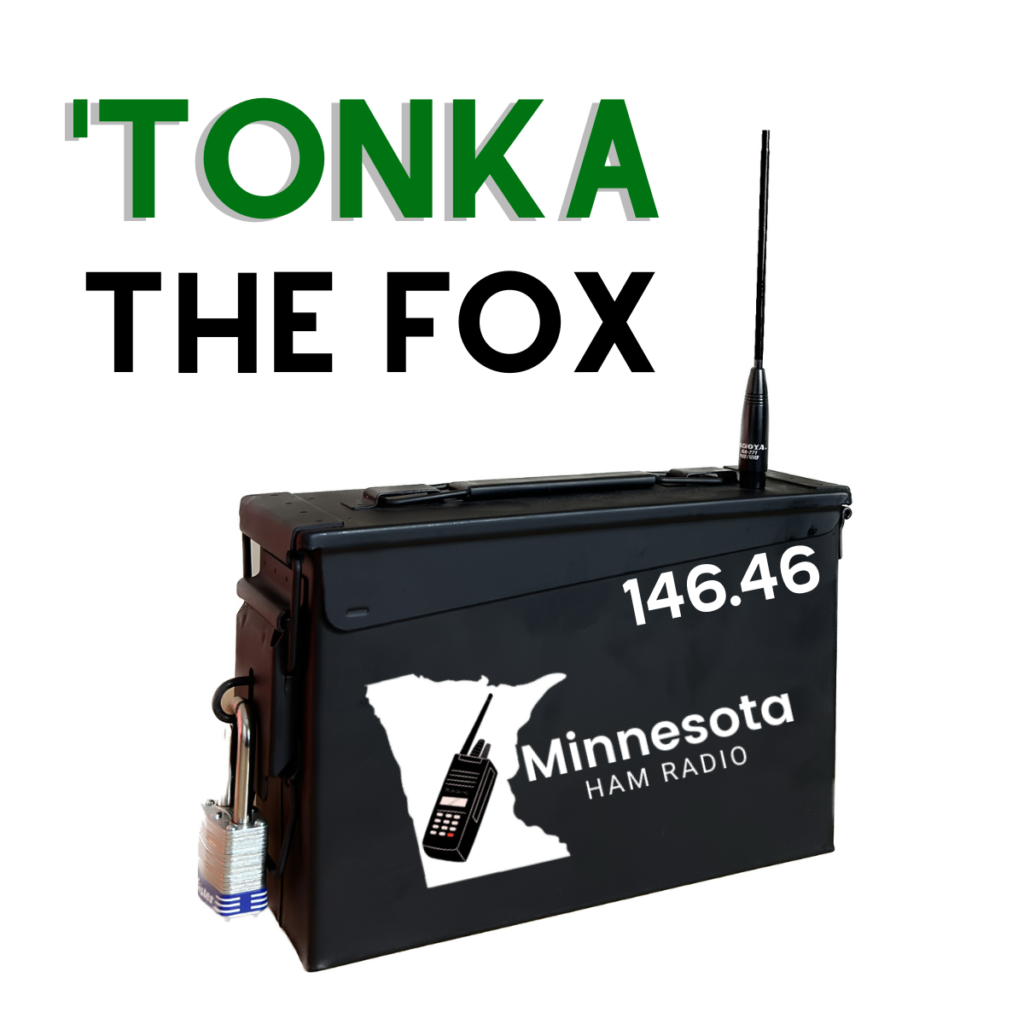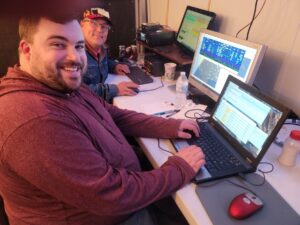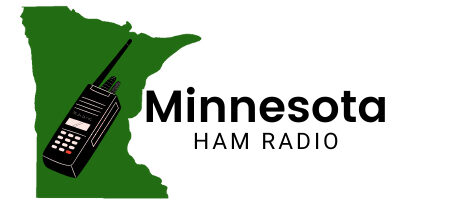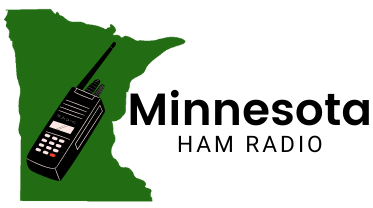Where is ‘Tonka The Fox?
Wondering where ‘Tonka is hanging out? This is where you can find out where ‘Tonka the fox is currently beaconing.
Minnesota Ham Radio Fox Transmitter
Minnesota Ham Radio (W0MHR) is excited to bring ‘Tonka — the 146.46 fox to the Twin Cities metro. Fox hunting is the art and science of tracking down hidden radio transmitters.
Radiolocation provides an opportunity for amateur radio operators to test their equipment and skills on a regular basis. This is also a great activity to get kids engaged in the hobby. So join us in the fun and see if you can find ‘Tonka!

Develop a Valuable Skill
Fox hunting is a fun activity for all ham radio operators but it’s also a valuable skill. Practicing direction-finding techniques can help you track down unintended or malicious RF interference.
TEAMWORK
Get on the horn and get help from your fellow ham radio friends. Teamwork can make finding a fox much quicker and more fun. Fox hunting provides a great opportunity to build teamwork among Minnesota ham radio operators.
Community Engagement
Direction-finding is often a publicly visible part of our hobby. Getting us out in the public eyes gives us the chance to expose the public to ham radio and explain how great it is for people from all walks of life.

“Thanks for hosting an awesome hunt – super awesome to finally take part in a fox hunt!”
— Tyler, KD0BGA
WHAT YOU NEED TO KNOW
WE WANT YOU!
Practice your directional finding skills to use and join us for the Minnesota Ham Radio fox hunt! The W0MHR Minnesota Ham Radio fox (named ‘Tonka) can be found on 146.460. It will transmit every 75 seconds for 20 seconds — including a CW ID.
The fox is typically active beginning Saturday morning until Saturday at sunset (or until the battery gives out or weather gets bad). Your goal is to find the fox and log your entry. Use your best radiolocation techniques (see below) to locate the fox. Once you find the fox, just use your smartphone and scan the QR code on the front of the ‘Tonka with your camera to log your find and get your awarded points. If you can’t get the QR code to work, type in the coded URL printed close to the QR code from any phone or computer.
What Is Foxhunting?
Foxhunting (hidden transmitter hunting) participants attempt to find a hidden transmitter (the “fox”), using handheld or mobile directional antennas within a designated area. As a minimum, you will need a mobile or portable 2M radio and usually a directional antenna, although some hunters use multiple radios and specialized DF (direction finding) antennas. You can work alone or in teams to find the fox.
While foxhunting is fun on its own, it’s actually good practice for hams to be able to find malicious or unintended interference from other radio sources working together as a team. It’s important to have a good team of trained “hunters” to nail down interference sources, and foxhunting is great training.
How To Get Started
As a minimum, all you need is a portable VHF/UHF radio (HT) or mobile radio with a car-mounted antenna. You’ll probably also want a directional antenna (yagis and loops are popular options – see below for a cheap build-it-yourself tape measure yagi). Then just listen on the published frequency after the hunt is announced. If you hear the fox, use a combination of signal strength and a directional antenna to try to determine which direction it’s in relative to where you are. After a few receptions, you should be able to close in on the general location. For the “end game” (finding the actual fox when you’re close), you may need some additional tools or techniques – see the tips below.
Fox Hunting Prizes
- Only MHR foxhunts are eligible for being awards points towards the prize.
- All licensed amateurs in your party/team may enter. Each person should submit a ‘Found’ entry by scanning the QR code/URL.
- Entrants must provide a separate log entry with name, call sign and a contact info on the foxhunt log.
- One prize will be awarded for the Summer.
- The winner will be randomly selected and notified via email and on the MHR website.
- Winners are only eligible for a prize once a Summer.
FOX HUNTING TIPS
Here are some helpful tips to get you started
- Know your radio – get a feel for how your radio sounds for close, strong and weak signals. This will give you an initial indication of how far you are from the fox.
- Use a directional antenna – You should have a portable “DF” antenna that you can point while listening to the fox. You should be able to narrow down the general direction of the fox from your location.
- Triangulate – Take readings from multiple locations and see if your readings converge to a smaller area. This will lead you to the next location closer to the fox.
- Weak is Strong – While most small yagi antennas have a fairly wide (30-40 degree) main lobe, sometimes the nulls off the back can be much sharper. Search for the null and the fox will be in the opposite direction.
- Attenuate – When you get close to the fox, it will be harder to listen for signal changes from your antenna. Use an attenuator to drop the signal to a lower level. Your body also makes an excellent attenuator at VHF/UHF – by holding your HT close to your chest and rotating you can sometimes find a null.
- Beware of reflections – Just like light off a mirror, RF can reflect off of large, flat surfaces. These reflections can seem like valid sources but they will only make you mad (hint: sometimes the fox-hiding team does this on purpose!)
- Shift Frequencies – Especially on FM, a shift of 5kHz or 10kHz up or down from the fox frequency, will weaken the signal enough to get a better direction reading.
- Use Harmonics – No transmitter is perfect, and some are outright dirty when you get close. Listen for the third harmonic of the signal (third harmonic of 146.46MHz is 439.38MHz) – if you hear the third harmonic, you are very close!
2023 Minnesota Ham Radio Fox Hunt FINAL Standings
Art, N0EX – 2023 Minnesota Ham Radio fox hunt winner
“I think of Radio Direction Finding / Foxhunting as a high-tech “treasure hunt”. Using some equipment I built to find the hidden transmitter (when it could have been hidden almost anywhere in a city or county wide area) is fun and challenging. I always learn something on every hunt, and I try to use that knowledge next time.”
Art runs a Facebook group called ‘MN Transmitter Hunting” click below to check it out!
Hound | Finds | Points |
|---|---|---|
N0EX – Art | 2023 MHR fox hunt winner | 4 | 20 |
NX0W – Chris | 3 | 15 |
WI0O – Sean | 3 | 15 |
KB0DCO – Thomas | 2 | 10 |
KD0DWV – Brandon | 1 | 5 |
KF0GLS – Tony | 1 | 5 |
KD0BGA – Tyler | 1 | 5 |
K0LAA – Alan | 1 | 5 |
KA0IZK – Dan | 1 | 5 |
KF0MJQ – Andy | 1 | 5 |
KC0ITQ – Ian | 1 | 5 |
AE0EE – Bill | 1 | 5 |
KF0MLJ – Stacy | 1 | 5 |
K0DC – Jim | 1 | 5 |

